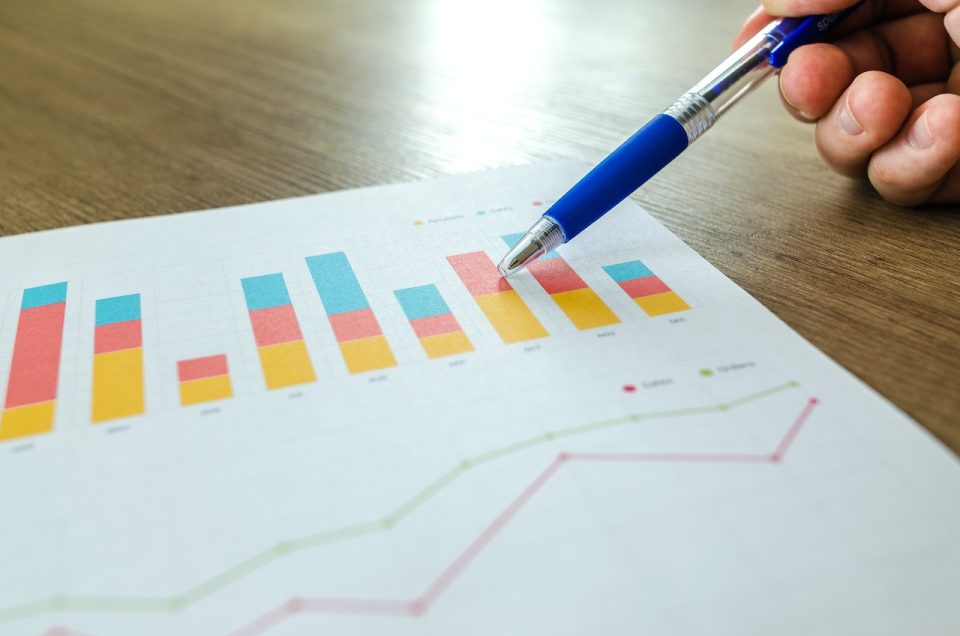The US economy has demonstrated remarkable resilience in the face of escalating interest rates, posting a growth of 2.1 percent in annual terms from April to June, mirroring estimates from the end of the first quarter, according to government figures released on Thursday. The Gross Domestic Product (GDP), the comprehensive measure of goods and services output, moderated slightly from the 2.2 percent recorded in the preceding quarter.
Driving this expansion were robust performances in consumer spending, business investments, and state and local government outlays during the second quarter. Despite the Federal Reserve implementing 11 benchmark rate hikes since March 2022 to rein in inflation, which had reached a four-decade high the previous year, the US economy and job market have successfully steered clear of a recession.
Inflation, although affected by the higher rates, displayed a milder impact. Household spending, for instance, increased at an annual rate of only 0.8 percent, a dip from the government’s estimated 1.7 percent and the slowest growth since Q1 2022. Conversely, business investments, excluding housing, surged at an annual pace of 7.4 percent, marking the steepest gain in over a year. Additionally, state and local government spending and investments leaped 4.7 percent, marking the highest level since 2019.
Economists project a continued upward trajectory, with growth anticipated to reach three to four percent in the current quarter. Contributing factors include a surge in consumer spending on entertainment, with Americans flocking to theaters and snapping up tickets for concerts by global icons Taylor Swift and Beyoncé, along with steady business investment figures.
However, a slowdown is anticipated in the final quarter of the year, attributed to a combination of factors. These include diminished hiring and income growth, a reduction in pandemic-era federal stimulus checks, soaring oil prices, the repercussions of the United Auto Workers strike, and the potential impact of an impending government shutdown.
These challenges notwithstanding, Rubeela Farooqi, Chief US Economist at High Frequency Economics, maintains a positive outlook for growth in the present quarter, albeit at a more measured pace. Farooqi remarked, “We continue to forecast positive growth going forward but expect the pace to slow quite significantly” by the end of the year.
In conclusion, the resilience exhibited by the US economy in the face of escalating interest rates underscores its ability to navigate challenges, with measured growth and strategic fiscal policies playing pivotal roles in maintaining stability.
Source: AP News

